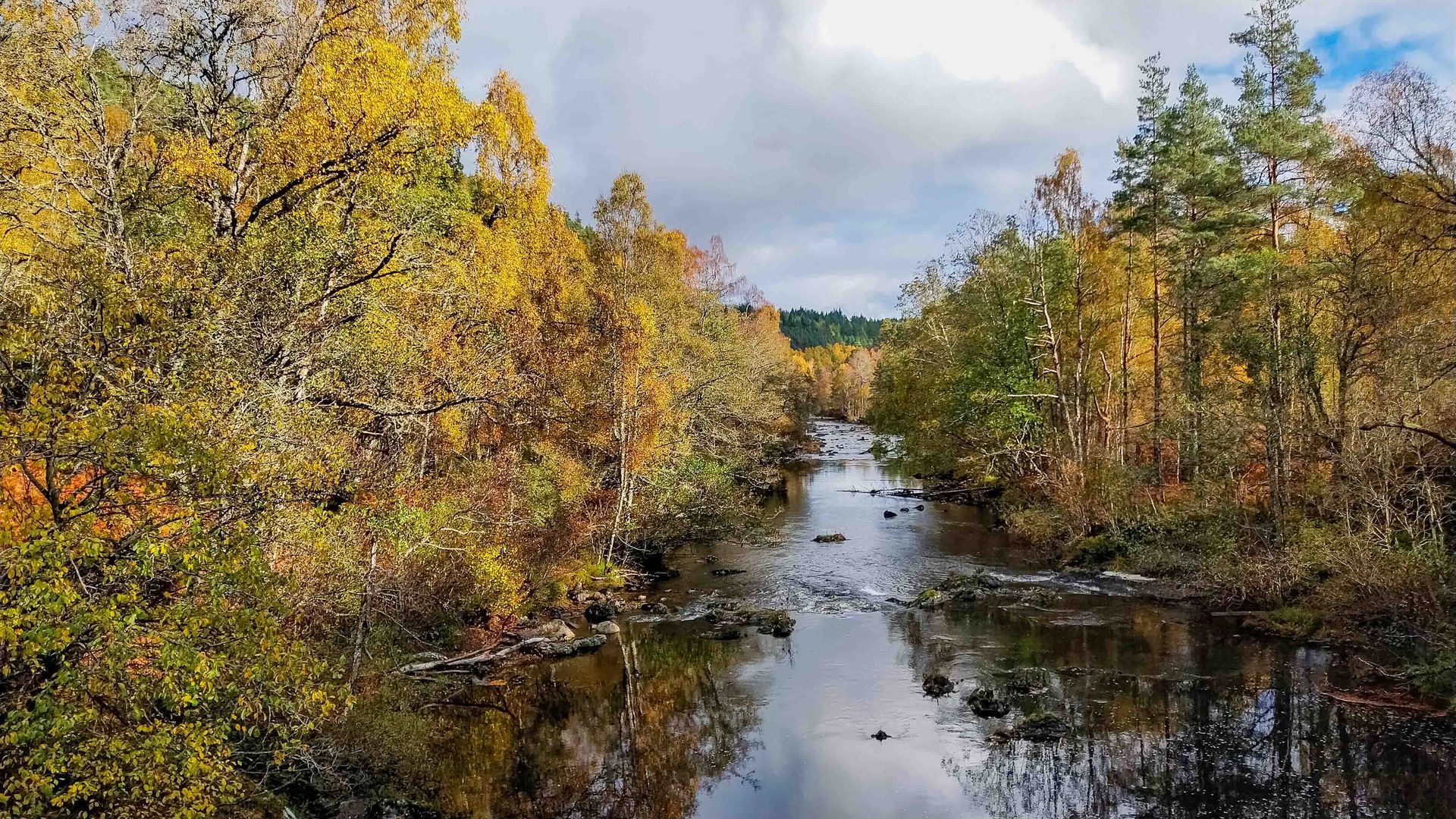Discovering Butterflies Of Sussex - Part 2
In the first part of this blog, I wrote about how I developed an interest in butterflies in recent years and started to explore new places within my home county to find them. By the end of 2021, I was able to identify and had seen 40 different butterfly species. It was so much fun photographing them and making new discoveries. When I realised how close I was to seeing all the species that live their complete life cycle in Sussex, I was keen to see the remaining few that had eluded me so far. I couldn’t wait for 2022 to arrive and for my butterfly journey to continue.
When May rolled around, things got off to a great start with my first outings to Park Corner Heath and Rowland Wood, the only Butterfly Conservation nature reserve in Sussex. Once again, it was fun exploring a new place and also, in the case of the Pearl-bordered Fritillary, to find the species for myself. They were fairly easy to see, but not so easy to photograph, with the males constantly flying low to the ground, but only ever briefly settling! At the end of the month, I returned again with Bob, for the Small Pearl-bordered Fritillary, with fewer sightings and photos, but success none the less.
The next species to emerge on the butterfly calendar, in terms of the species I'd not seen, was another endangered species, the Black Hairstreak. I had no idea at the time I went in search of it, that many people don’t consider it a butterfly of Sussex. Apparently, its origins are questionable. There’s only one colony in the county located near Ditchling and it’s likely to be a result of an accidental introduction (from captive bred butterflies). The nearest known natural colony is in Oxford. You would expect to have more colonies between these two locations, if the range of this species were shifting further south. But this is not the case.
When July arrived, it was time for me to look for my final new species, the Grayling, another endangered butterfly. It would be number 47 on my list. I knew roughly where to search for them, but thankfully Bob knew the precise location. Ever since we’d met, he’d been eager to help me with my quest, providing useful information and accompanying me when he could. So, naturally, he wanted to be there at the end, and help me celebrate the momentous occasion, when it happened.
It was a lovely sunny day, but quite breezy, which was less than ideal. I was excited and hopeful as we slowly trudged our way up the chalky footpath on the South Downs. Our eyes were peeled for any signs of movement along the verges. We’d barely walked 100m, and there in front of me, on the path, was a gorgeous Grayling. He obliged me with a few close photos and then we pressed on towards the main colony location. I think both of us were relieved the pressure was off. At least I’d seen one. It wasn’t long before I was seeing many. They were far less flighty than other species and so it was wonderful having the opportunity to take lots of photos. We even found a courting pair. It was fabulous to watch as the male flapped its wings continuously, dancing around the female.
I sat tight during the winter and then, in the early stages of spring, sightings of the Large Tortoiseshell started to crop up once again on social media. I was itching to see one. I started to believe it would be possible. Bob assured me there were a handful of places we could look in East Sussex. Then, just before the Easter weekend, someone reported seeing one at the coast. Bob thought we should go there the following day, although it would be really busy. Despite my eagerness to lay eyes on one, I really preferred the idea of going somewhere else quieter. I wanted us to find one for ourselves that hadn’t been seen by anyone else. That would be far more exciting and rewarding.
Along this journey, I’ve learned so much more than just identifying the different species. I have a slightly better understanding about the process from egg to caterpillar to pupa then butterfly. More recently, it was such a privilege to see a Speckled Wood pupa - my first! Bob had found it whilst surveying his patch for Wall Brown pupa. We returned a week later and found the butterfly had only just emerged, an hour or so beforehand, and was still close to the pupa casing. I took some photos of the butterfly and noticed the tiny bubble coming out of its abdomen. Bob explained it was the expelling of waste products from the body, which is called meconium - something I'd never heard of before.
It’s amazing how those early stages of life, when combined, last longer than the adult form we see flitting around. Locating the different species of butterfly also means having a greater appreciation for the different habitats, being able to recognise different tree species and food plants. I now know that some butterflies live only a few weeks and others much longer. The life cycle is different for each species too, not only with regards to when it emerges but also at which stage it is in when it overwinters. It’s all so fascinating and I know I will go on learning as the years roll by.
Purple Emperor



